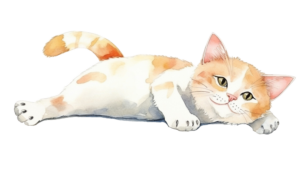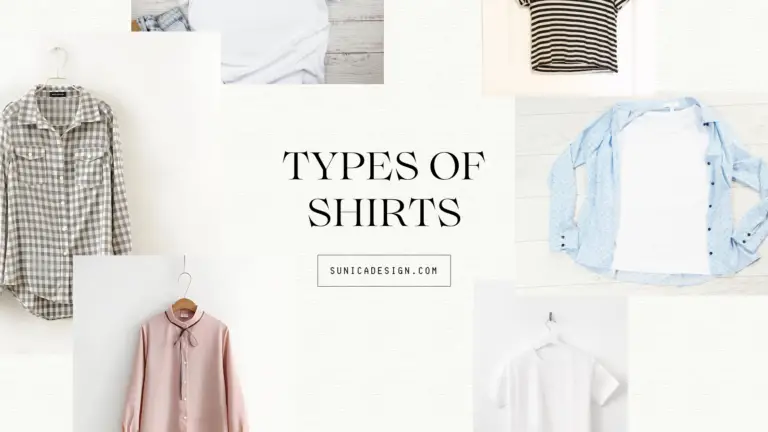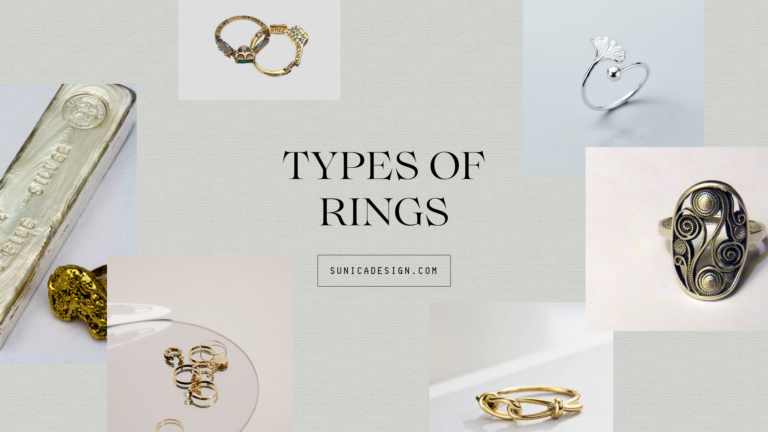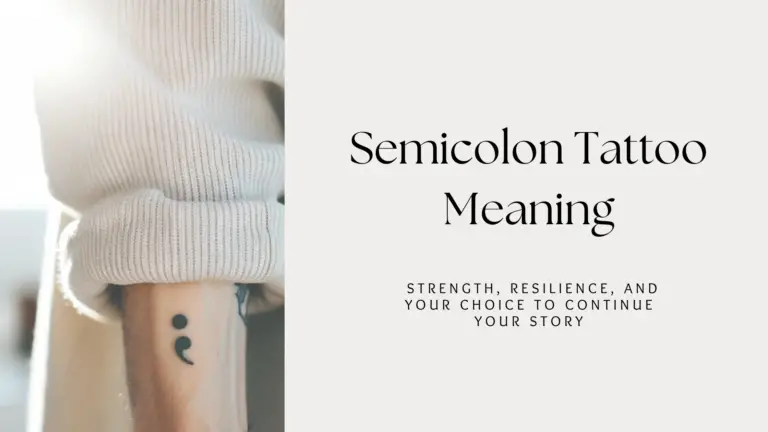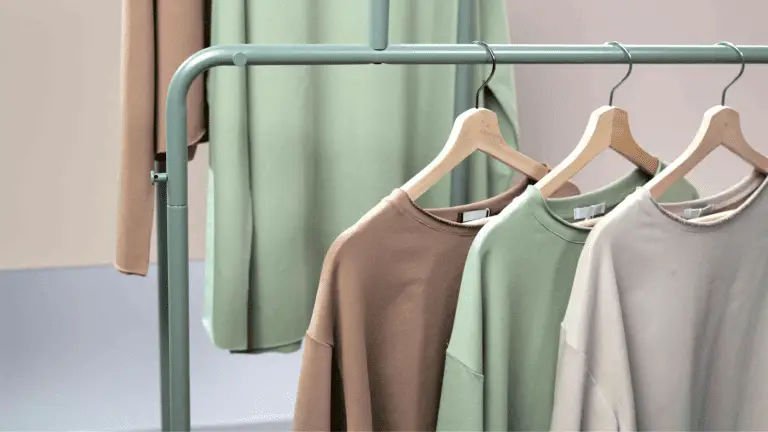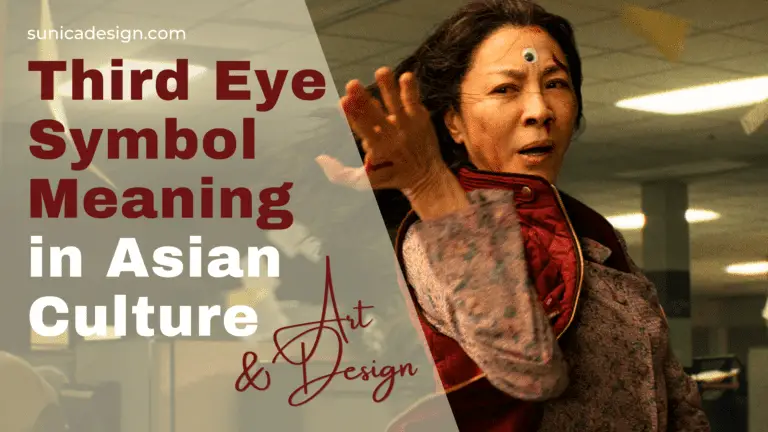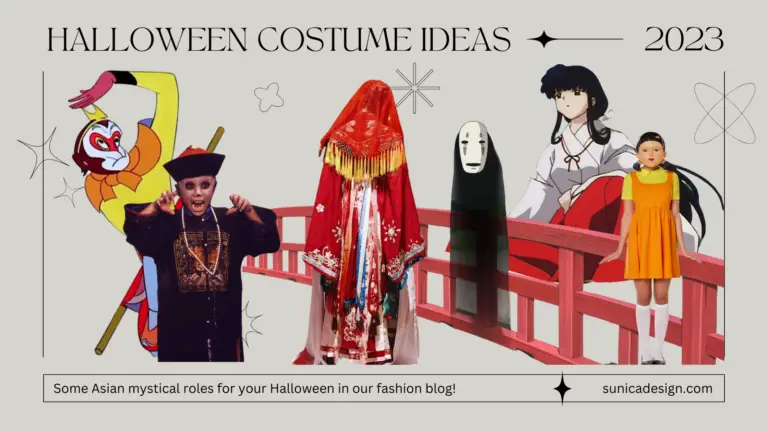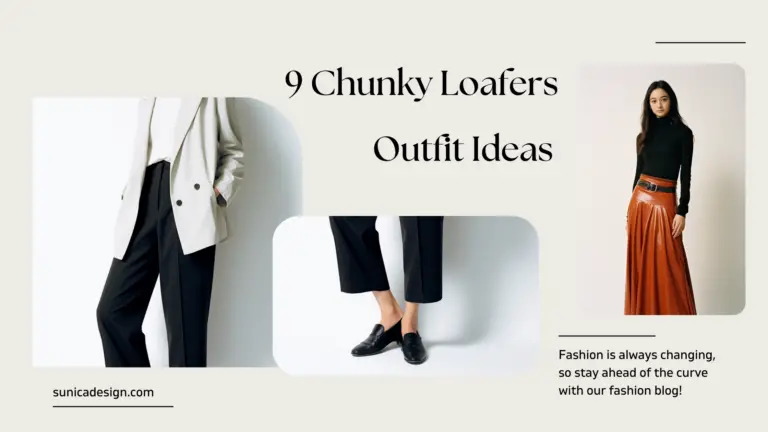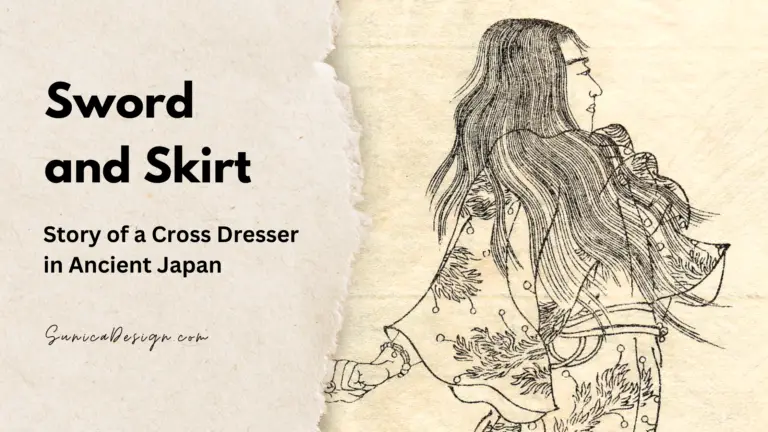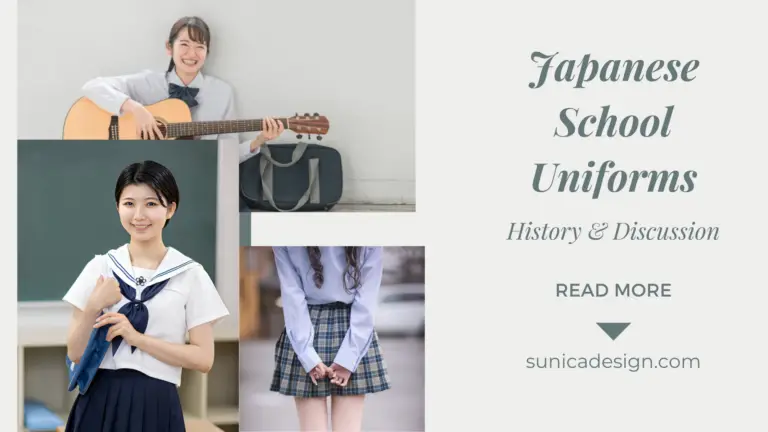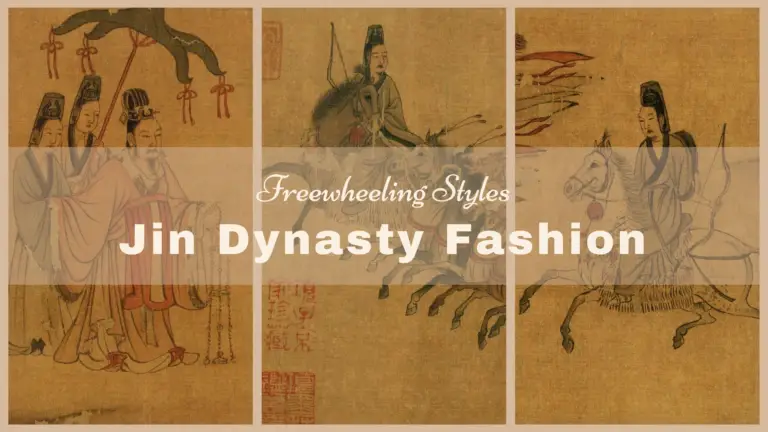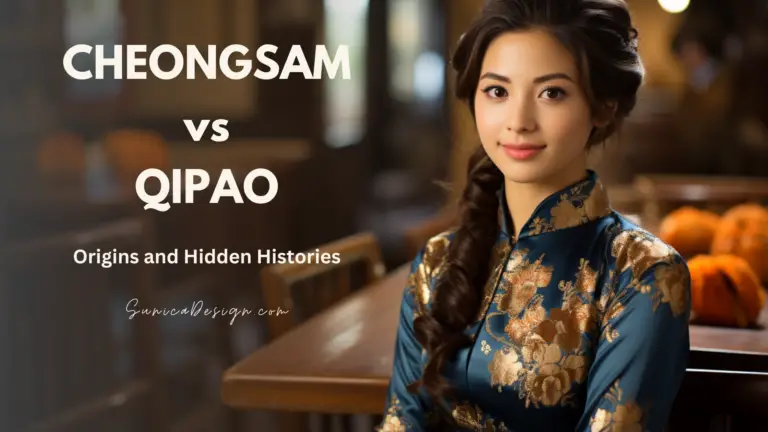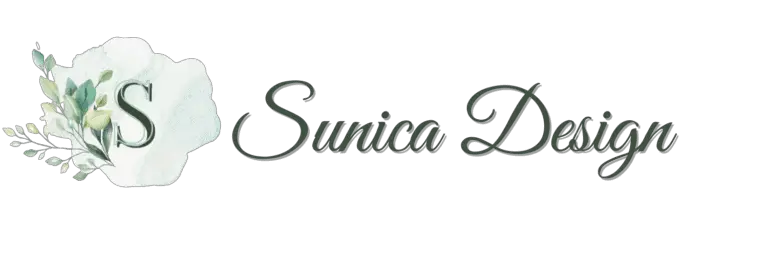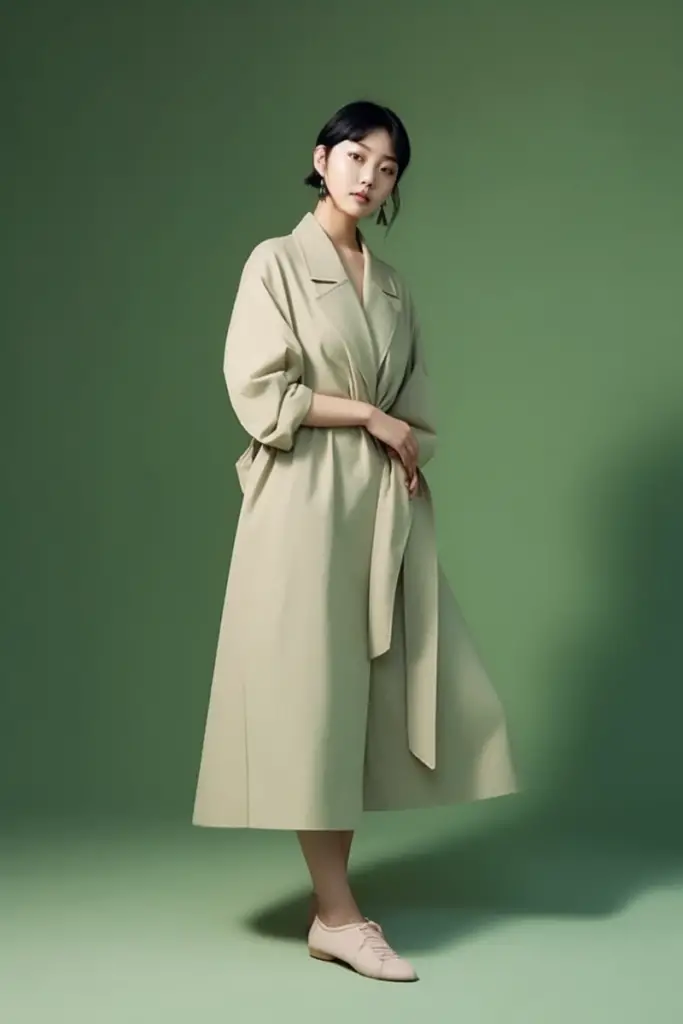Chinese history is vibrant with tales of heroes and villains, none more gripping than those portrayed in the timeless “Romance of the Three Kingdoms.” And at the heart of this epic saga stands Cao Cao, the renowned warlord and de facto ruler of the Cao Wei kingdom. While his military acumen and statecraft are well-known, there’s an understated facet of Cao Cao that’s equally compelling – his influence on the sartorial sensibilities of his time.
As we journey back to the riveting Cao Wei era, we invite you to delve into a side of Cao Cao seldom explored – the trendsetter who fashioned an epoch. So, come along as we unravel the untold tale of the three kingdoms through the wardrobes and regalia of one of its most influential characters.
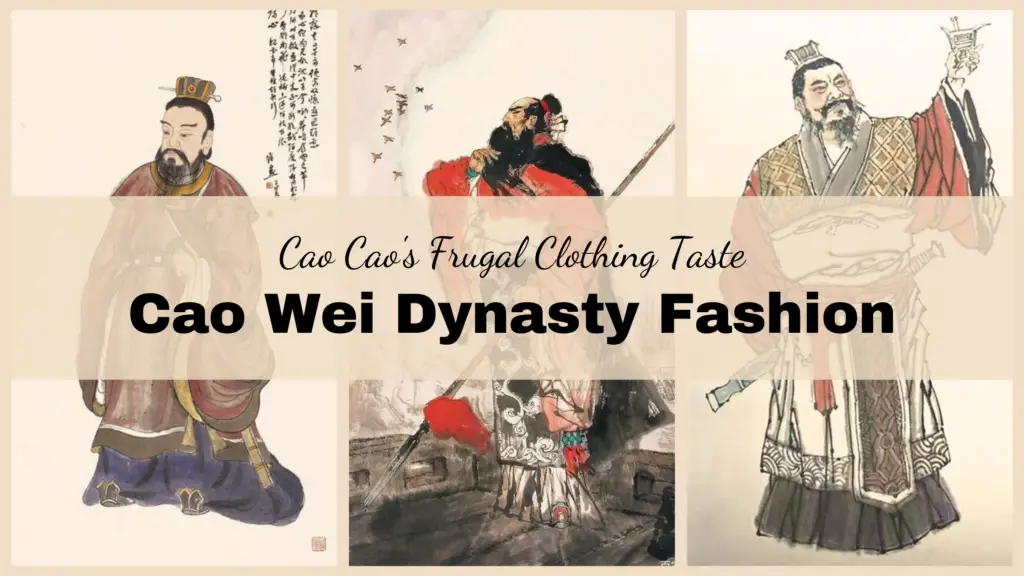
Who is Cao Cao? The Real Him in History
Cao Cao, a historical figure from China’s Three Kingdoms era, is often a subject of controversy. While some recognize him as an outstanding military strategist, politician, and literary figure, others label him as the era’s grand traitor.
Cao Cao was born into a bureaucratic family in 155 AD. His grandfather, Cao Teng, was a high-ranking official who served the Emperor. The family’s wealth and power offered Cao Cao opportunities to fraternize with notable peers like Yuan Shao and his cousin, Xiahou Dun. Despite his privileged upbringing, his early life was marked by an unruly and rebellious streak.
Cao Cao first gained a high reputation after the Yellow Turban Rebellion in 184 AD. According to the “Book of the Later Han,” at that time, the court urgently needed talented people to defeat the Yellow Turban Army. Therefore, Cao Cao led an army into the battle. He defeated the Yellow Turban Army in Yingchuan and beheaded tens of thousands.
In his middle-aged years, Cao Cao was marked by cunning political maneuvering. One of his famous strategies was effectively controlling the Emperor, an act commonly referred to as “commanding dukes in the name of the Emperor.” Cao Cao’s skillful handling of political rivals, coupled with his military victories such as the Battle of Guandu and the initial consolidation of northern China, established him as the de facto ruler of the Cao Wei kingdom.
Cao Wei Kingdom
In the late Eastern Han Dynasty, Cao Cao’s influence gradually strengthened amidst the chaotic warlord battles, ultimately gaining control over the Eastern Han court. He ruled Wei commandery with complete control. As such, the Emperor of Han conferred on him the titles “Duke of Wei” and “King of Wei.”
In 220, Cao Cao’s son Cao Pi forced the Emperor of Han to abdicate, officially replacing the Han Dynasty and establishing Cao Wei Kingdom. However, the era of Cao Wei came to an end very quickly. In 266, Sima Yan usurped the throne and changed the state’s name to Jin, signaling the end of Cao Wei.
Male Clothing in the Cao Wei
While Cao Cao’s command of the battlefield is legendary, his subtle shaping of the Cao Wei male clothing trends deserves equal acknowledgment. Whether it was the innovative hat or the frugal clothing style, Cao Cao left an indelible imprint on the fashion canvas of his era.
Hats
One of the remarkable hats in the Cao Wei kingdom was the “Yuan You Guan,” a crown owned by Cao Cao himself, mentioned in “The Records of the Three Kingdoms.” As per “The Book of the Later Han,” it was a hat typically adorned by princes, featuring a protruding cylinder at the front.
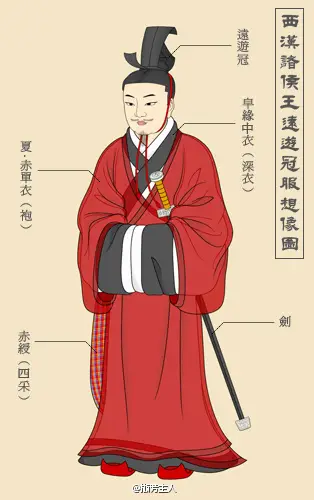
Additionally, Cao Cao invented a new type of headwear, the “Qia” (帢 in Chinese). Due to years of warfare during the Three Kingdoms period, people in the Cao Wei region were not rich. Cao Cao introduced this hat, made of cloth, to mimic leather hats. Although simple in design and often seen as not solemn by some scholars, Cao Cao proudly wore the Qia even during guest receptions. This invention marked a shift from the popular headwear of the time, a headscarf made of “ge bu” (葛布, a cloth made from plants’ fibers), to hats.
Moreover, “Fu Zi” records that the color of the Qia served to distinguish between ranks. Cao Cao established “white” as the noblest color, turning the “white Qia” into a fashion trend among officers. However, this white hat faced criticism and was considered ominous. “Jin Shu · Wu Xing Zhi Shang” lists the white Guan as peculiar attire.

Clothes
In terms of style and design, the clothing during the Cao Wei era was broadly similar to the Eastern Han period. Garments were typically composed of “pao” (long robes), “ru” (upper garments), “qun” (skirts), “kua” (wide trousers), and “zhe” (short upper-body clothing worn for horseback archery). However, the use of color in clothing distinguished the Cao Wei period from the Eastern Han era.

People at that time strongly adhered to the Five Elements philosophy, which led to the association of colors with specific virtues. During the reign of Emperor Guangwu in the Eastern Han era, the Han Dynasty was considered the “Fire Virtue,” making red the most esteemed color. However, when Cao Pi officially replaced the Eastern Han to establish the Cao Wei, he perceived the Wei as the “Earth Virtue,” symbolized by yellow.
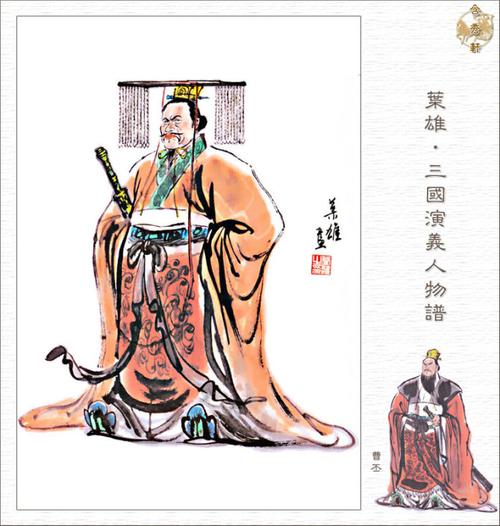
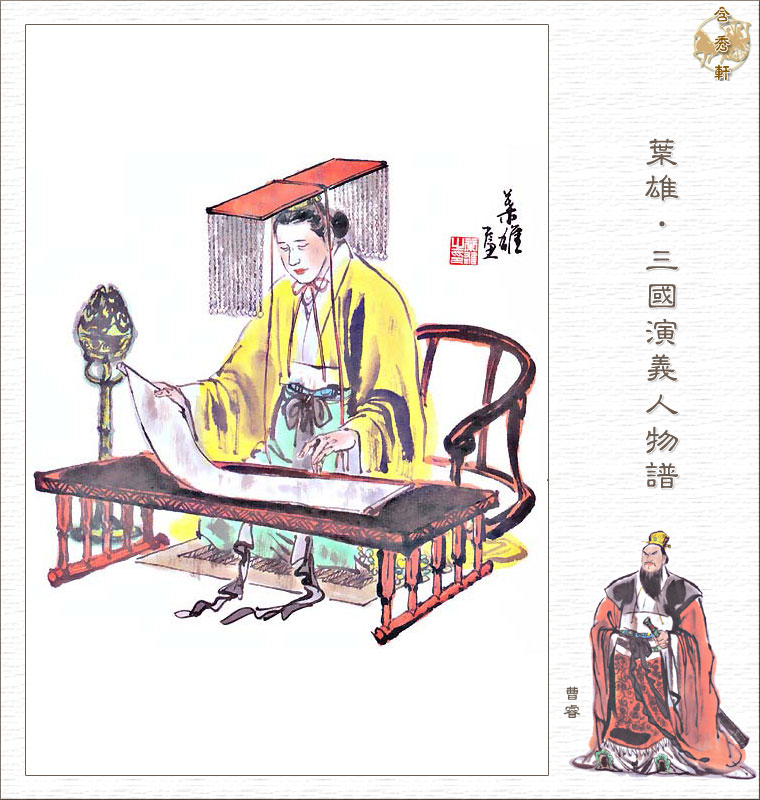
This shift was formalized during the reign of Cao Pi’s son and Cao Cao’s grandson, Emperor Ming of Wei, who declared yellow the most noble color.
Remember the white Qia hats invented by Cao Cao? Seems like his descendants don’t share his aesthetic, favoring the symbolism of the earth instead.
Cao Cao's Frugal Aesthetics
During the societal disarray under the late Eastern Han Dynasty, Cao Cao decided to reform society. He began by instituting a new code of conduct. This code included his aesthetics for simplicity and modesty, taking the Qia hat as an example.
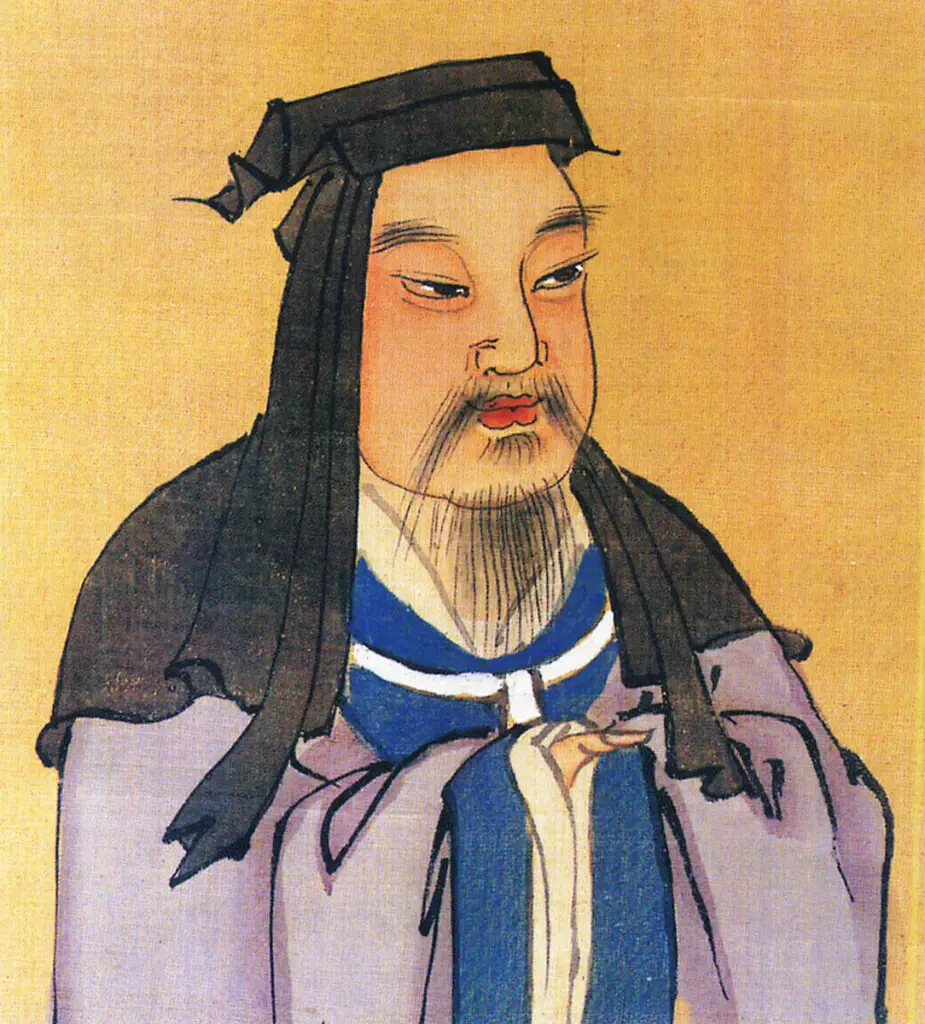
His frugal aesthetics extended everywhere. As stated in the “Wei Book,” Cao Cao had an aversion to opulence. He preferred to mend broken furniture instead of buying new, and his lovers should not wear clothes with embroidery. His clothes and bedding, worn for over ten years, were clean and patched as needed. In his “Internal Edict,” Cao Cao also ordered his family to avoid extravagant clothing and furniture. He even changed his medical operation from silver to wood, just in case people mistook he liked silver.
Cao Cao’s frugality was not merely a habit or aesthetic; it was a strict family rule. According to the “Records of the Three Kingdoms, Cui Yan Biography,” Cao Zhi (another son of Cao Cao)’s wife was ordered to commit suicide for wearing embroidered clothes, violating this austerity rule.
Under Cao Cao’s influence, the concept of frugality even shaped funerary practices. During the later Eastern Han period, there was a trend toward extravagance in death rituals. Cao Cao, however, sought to reverse this trend. In his “Will,” he detailed his wish for a modest funeral. He wished to be buried in his everyday clothes, discouraged prolonged mourning, and forbade the use of gold, jade, and other precious items in his burial. Because of his exemplary role, his descendants followed the same frugality concept in their funerals.

Generally, Cao Cao’s principles of austerity profoundly influenced the social and cultural norms of Cao Wei. He shaped the attitudes of his descendants and left a lasting legacy that extended beyond his lifetime.
Final Words
Cao Cao’s impact on the Cao Wei clothing reflects his philosophy of life. His innovative Qia hat and his unyielding adherence to frugality all paint a vivid portrait of a leader who understood the power of appearance as an extension of his life philosophy.
As we look back at the Cao Wei history and society, we’ve learned that fashion can be an extension of one’s aspirations and influence. Just as Cao Cao’s practical sartorial choices reflected the ethos of his reign, so too does our fashion serve as a testament to our times and our individuality.
In summary, the story of Cao Cao reminds us that leaders leave their mark not just through the battles they win, but also through the subtler aspects of the culture they influence. The imprint Cao Cao left on the fashion of Cao Wei continues to captivate us. It adds a unique dimension to our understanding of this intriguing figure of Chinese history.
If you want to learn more about Chinese traditional fashion, welcome to our “Chinese Dress” channel. Feel free to leave a comment if you have any questions or ideas~ We are always here to exchange brilliant thoughts!


